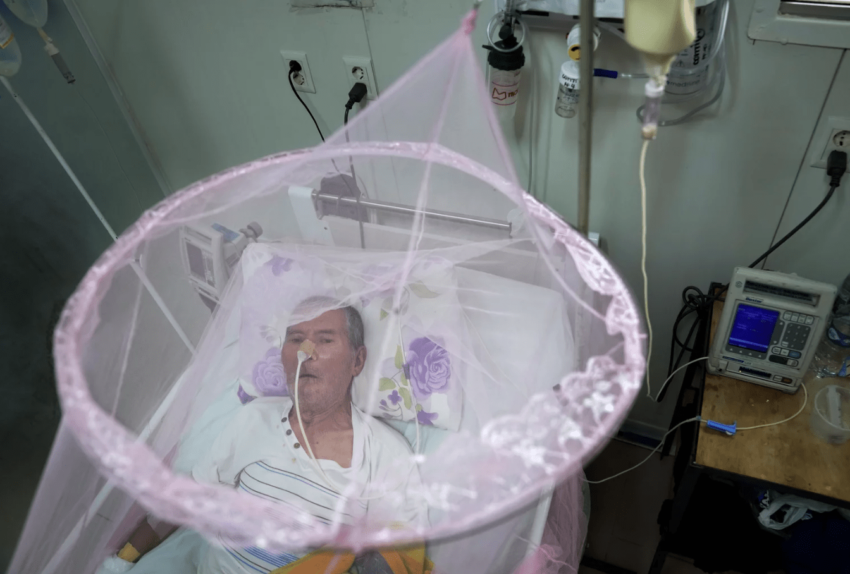Heard on Morning Edition – When someone enters the hospital with the chikungunya virus, there’s no mistaking it.
“The patients came here with fever and also with pain in their joints,” says Dr. Susana Lloveras, an infectious disease physician at Hospital Muñiz in Buenos Aires, Argentina, one of several South American countries where the mosquito-borne virus has surged in 2023.
The joints in their hands and feet commonly ache along with their knees. The pain can get so bad that some have difficulty walking or even holding a cup of coffee.
“It affects the quality of life,” says Lloveras. “You are well. And suddenly, you can’t move, you need another person help you to do the common task of every day.”
“Although the disease, transmitted by mosquitoes, is rarely fatal, the worst symptom can be long-lasting joint pain.”
But a new vaccine approved this week by the U.S. Food and Drug Administration – along with other new advances — may help us outfox this virus (whose name is pronounced “chicken-GOON-ya” and according to the World Health Organization, means “to become contorted”).
…article continued below
– Advertisement –
The FDA approval is for Ixchiq — the first vaccine for the chikungunya virus, for those age 18 and older. It requires just one dose delivered by an intramuscular injection. The vaccine is critical because the global footprint of the disease is expanding.
“Besides South America, Chikungunya is a problem in India, China and Africa. Even in the U.S., Texas and Florida have reported local transmission of the disease in previous years.”
The FDA’s Peter Marks said, “Today’s approval addresses an unmet medical need and is an important advancement in the prevention of a potentially debilitating disease with limited treatment options.”
The vaccine’s safety is based on two clinical studies involving about 4,500 individuals.
In fewer than 2% of those who received the vaccine, a severe adverse reaction resulted. The FDA is requiring a future study to assess this risk.
“This might be one mechanism by which the virus can get established, maybe in joint tissues. That may be important in causing the arthritis.”
Before 2006, chikungunya virus disease was rarely identified in U.S. travelers …
- During 2006‒2013, studies identified an average of 28 people per year in the United States with positive tests for recent chikungunya virus infection (range 5‒65 per year). All were travelers visiting or returning to the United States from affected areas in Asia, Africa, or the Indian Ocean.
- In late 2013, the first local transmission of chikungunya virus in the Americas was identified in Caribbean countries and territories. Local transmission means that mosquitoes in the area have been infected with the virus and are spreading it to people.
- Beginning in 2014, chikungunya virus disease cases were reported among U.S. travelers returning from affected areas in the Americas and local transmission was identified in Florida, Texas, Puerto Rico, and the U.S. Virgin Islands.
- Chikungunya virus disease became a nationally notifiable condition in 2015. Cases are reported to CDC by state and local health departments using standard case definitions.
…article continued below
– Advertisement –
Last Reviewed: October 11, 2023
Source: Centers for Disease Control and Prevention, National Center for Emerging and Zoonotic Infectious Diseases (NCEZID), Division of Vector-Borne Diseases (DVBD)
